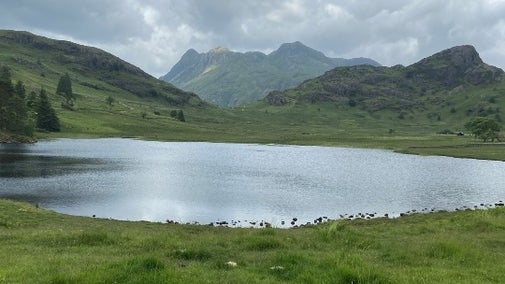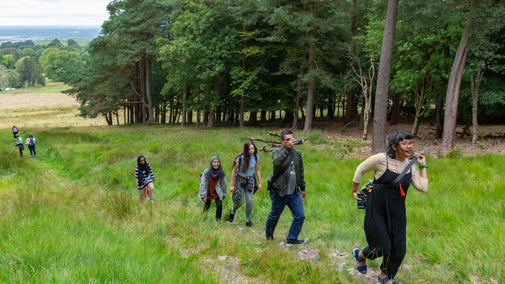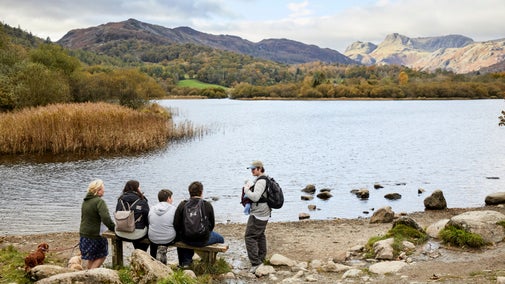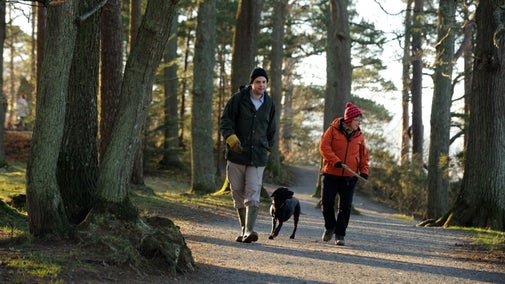High Close tree trail
Lake District
Originally a working hill farm, the house and grounds at High Close were re-designed after Edward Wheatley-Balme bought the estate in 1857. Many exotic trees and shrubs were planted in this landscape garden to enhance to beautiful views of the surrounding fells. The arboretum now contains species grown as part of the International Conifer Conservation Programme, and you can spot many of them on this walk.
Near to
The LangdalesStart point
YHA Langdale, High Close, Loughrigg, Ambleside LA22 9HJ. Grid ref: NY338052.Trail information
More near here
Stickle Tarn trail
Take on a challenging and rewarding walk up Stickle Ghyll to the tarn above, surrounded by high fells, waterfalls and rockpools.

Mickleden Valley trail
Explore an easy route along the valley floor of Mickleden in the Langdales, taking in Neolithic history, looming crags and spectacular views of the Langdale Pikes.

Blea Tarn trail
Surround yourself with views of the Langdale Pikes and other Lake District fells, without the tough climb, as you explore tranquil Blea Tarn on this easy, well-made trail.

Langdale Valley cycle trail
Take a 11-mile cycle trail through Langdale Valley with views and opportunities to stop for refreshments along the way.

Get in touch
Great Langdale, near Ambleside, Cumbria, LA22 9JU
Our partners

We’ve partnered with Cotswold Outdoor to help everyone make the most of their time outdoors in the places we care for.
You might also be interested in
Walking
Explore some of the finest landscapes in our care on coastal paths, accessible trails, woodland walks and everything in between. Find the best places to walk near you.

Walking in the Lake District
From gentle ambles to more challenging hikes, these are some of the best walks to explore the heart of the Lake District.

Cotswold Outdoor: our exclusive walking partner
Learn about the National Trust’s ongoing partnership with Cotswold Outdoor. Find out how they help us care for precious places and the exclusive discount available for National Trust supporters.

Staying safe at National Trust places
The special places in National Trust care sometimes come with a few risks for visitors, be it coastline or countryside. Find out how to keep safe throughout your visits.

Follow the Countryside Code
Help to look after National Trust places by observing a few simple guidelines during your visit and following the Countryside Code.

Things to do in the Langdales
Head to the Langdales for stunning walking and cycling trails and discover rare trees and shrubs from around the world at High Close Estate and Arboretum.

Visiting the Lake District with your dog
Here's how to get the most out of a visit to the Lake District with your dog, while protecting the countryside and keeping livestock and wildlife safe.

